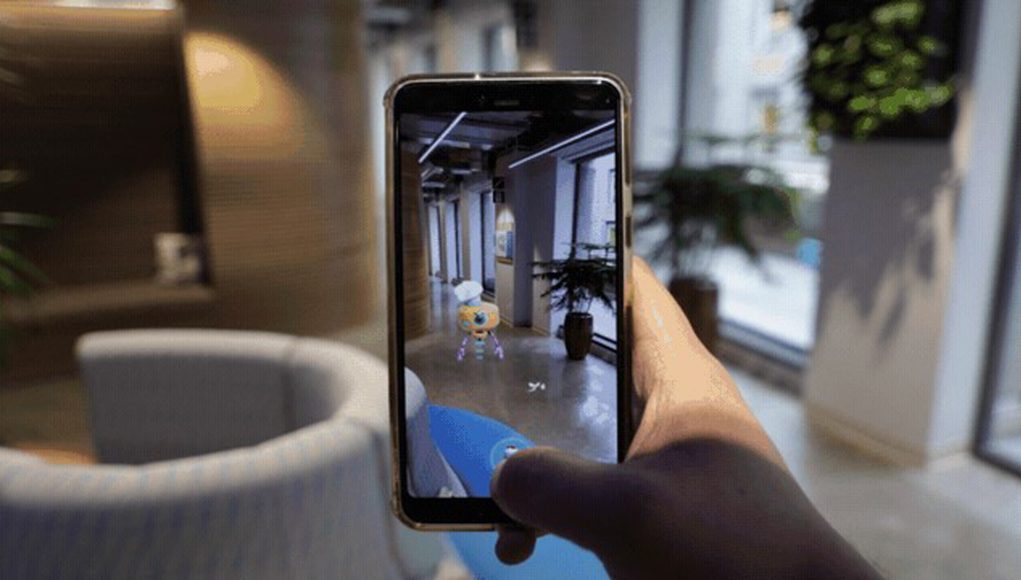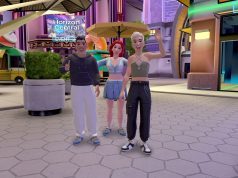ARCore, Google’s developer platform for building augmented reality experiences for mobile devices, just got an update that brings the company’s previously announced Depth API to Android and Unity developers. Depth API not only lets mobile devices create depth maps using a single RGB camera, but also aims to make the AR experience more natural, as virtual imagery is more realistically placed in the world.
Update (June 25th, 2020): Google today announced it’s making its Depth API for ARCore available to developers. A few studios have already integrated Depth API into their apps to create more convincing occlusion, such as Illumix’s Five Nights at Freddy’s AR: Special Delivery game, which lets enemies hide behind your real-world objects for more startling jump scares.
ARCore 1.18 for Android and Unity, including AR Foundation, is rolling out to what Google calls “hundreds of millions of compatible Android devices,” although there’s no clear list of which devices are supported just yet.
Original Article (December 9th, 2019): Shahram Izadi, Director of Research and Engineering at Google, says in a blog post the new Depth API now enables occlusion for mobile AR applications, and also the chance of creating more realistic physics and surface interactions.
To demonstrate, Google created a number of demos to shows off the full set of capabilities the new Depth API brings to ARCore. Keep an eye on the virtual objects as they’re accurately occluded by physical barriers.
“The ARCore Depth API allows developers to use our depth-from-motion algorithms to create a depth map using a single RGB camera,” Izadi says. “The depth map is created by taking multiple images from different angles and comparing them as you move your phone to estimate the distance to every pixel.”
Full-fledged AR headsets typically use multiple depth sensors to create depth maps like this, which Google says was created on device with a single sensors. Here, red indicates areas that closer, while blue is for farther areas:
“One important application for depth is occlusion: the ability for digital objects to accurately appear in front of or behind real world objects,” Izadi explains. “Occlusion helps digital objects feel as if they are actually in your space by blending them with the scene. We will begin making occlusion available in Scene Viewer, the developer tool that powers AR in Search, to an initial set of over 200 million ARCore-enabled Android devices today.”
Additionally, Izadi says Depth API does’t require specialized cameras and sensors, and that with the addition of time-of-flight (ToF) sensors to future mobile devices, ARCore’s depth mapping capabilities could eventually allow for virtual objects to occlude behind moving, physical objects.
The new Depth API follows Google’s release of its ‘Environmental HDR’ tool back at Google I/O in May, which brought more realistic lighting to AR objects and scenes, something which aims at enhancing immersion with more realistic reflections, shadows, and lighting.
Update (12:10): In a previous version of this article, it was claimed that Google was releasing Depth API today, however the company is only now putting out a form for developers interested in using the tool. You can sign up here.










